Kevin Parkin, an accomplished physicist and visionary engineer, is the driving force behind Parkin Research, a cutting-edge space technology company that is relentlessly pioneering tomorrow’s technologies to unlock the boundless potential of space exploration. Parkin has AI-based design tools that can provide detailed point optimized point designs based upon cost and other constraints. Directed energy can make rocket launches 1% to 10% of the current costs and make interstellar travel a tangible reality within a few short decades.
Before founding Parkin Research, Kevin Parkin cultivated a dynamic career distinguished by groundbreaking contributions to the fields of propulsion and spacecraft design. He was awarded the Korolev Medal following his invention of the microwave thermal rocket in 2002.
Traditional rockets are marginal at reaching orbit. Their chemical propellants do not have enough energy (in the form of chemical bonds) to carry their own weight into orbit, let alone tanks and payload on top of that. Though rockets lighten as propellant is expelled, traditional rockets also need to jettison parts (stages) as they ascend. Most rockets can make it in 3 or 4 stages and a few of them in 2. The payload that is finally delivered into orbit is a tiny fraction of the rocket that lifts off from the ground.
Microwave and laser thermal rockets provide more payload for less rocket by bypassing the fundamental energy-carrying limit of traditional propellants: Energy is directed from the ground onto a heat-exchange layer covering the side of the rocket, which in turn transfers it into the propellant, where it augments or replaces the energy released by combustion.
By swapping traditional propellants for inert monopropellants, and combustion chambers for heat exchangers, rockets can be made safer and cooler, yet so energetic that they lift payloads to orbit in a single stage, avoiding the range constraints and engineering complexity of staging. Costs fall from $10,000 per kilogram delivered to low Earth orbit to less than $1,000/kg. For reusable rockets, payload costs fall from $3,000/kg to less than $300/kg. Even if future rockets are made for a dollar each by self-replicating robots, thermal rockets will still be the next order of magnitude cheaper, and they are safer and can be propelled by ammonia alone, which is a possible way to decrease the environmental impact of rocket launches on the stratosphere.

MICROWAVE VS. LASER
The case for microwave thermal rockets
Long wavelength microwaves sources led Tsiolkovsky and others to estimate aperture sizes exceeding a kilometer. After a century of microwave development, high-power short-wavelength sources now enable aperture sizes on the order of 100 meters and increase the beam irradiance at which plasmadynamic breakdown occurs by several orders of magnitude. At this time, microwaves have the advantage of being one to four orders of magnitude cheaper than lasers on a $/Watt basis ($0.1-10/Watt vs. $100-1,000/Watt), and they are unaffected by atmospheric scintillation and more tolerant to weather, particularly at lower frequencies below 35 GHz.
The case for laser thermal rockets
In recent years, the cost per Watt of lasers has fallen, and there is no fundamental reason why they cannot be as cheap or cheaper than microwave sources. Commercially-available fiber lasers have high energy efficiency and do not require the high voltage power supplies that vacuum microwave sources do. Due to the shorter wavelength, lasers can employ a 1-meter primary aperture as opposed to 100 meters for microwaves. Not all the power is sent through a single aperture, and many such beam modules are trained on the rocket. This has the benefit of reducing thermal blooming, and unlike microwaves the beam modules do not need to be in phase.
The case for both
Both approaches can work, there is a compelling need, and the minimum-risk strategy is to pursue both laser and microwave approaches. That gets results soonest without prejudging what the market will ultimately choose. It is possible to develop a flexbeam thermal rocket that can be powered by laser or microwave sources, depending on what beam director is available at the time.
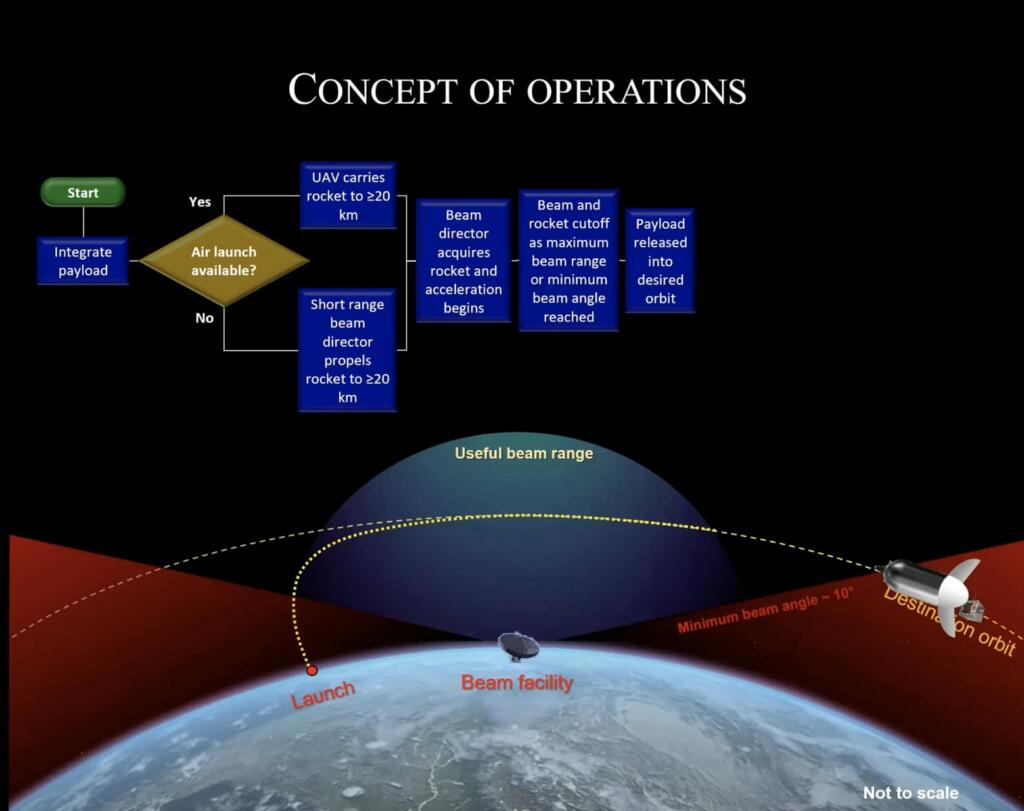

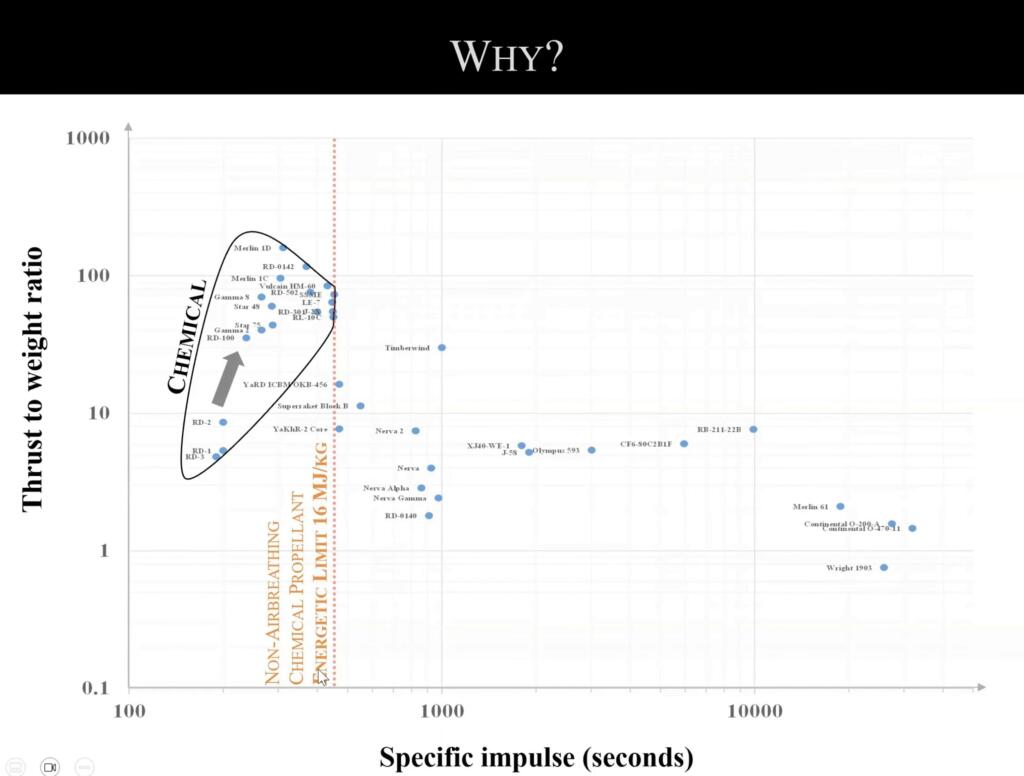
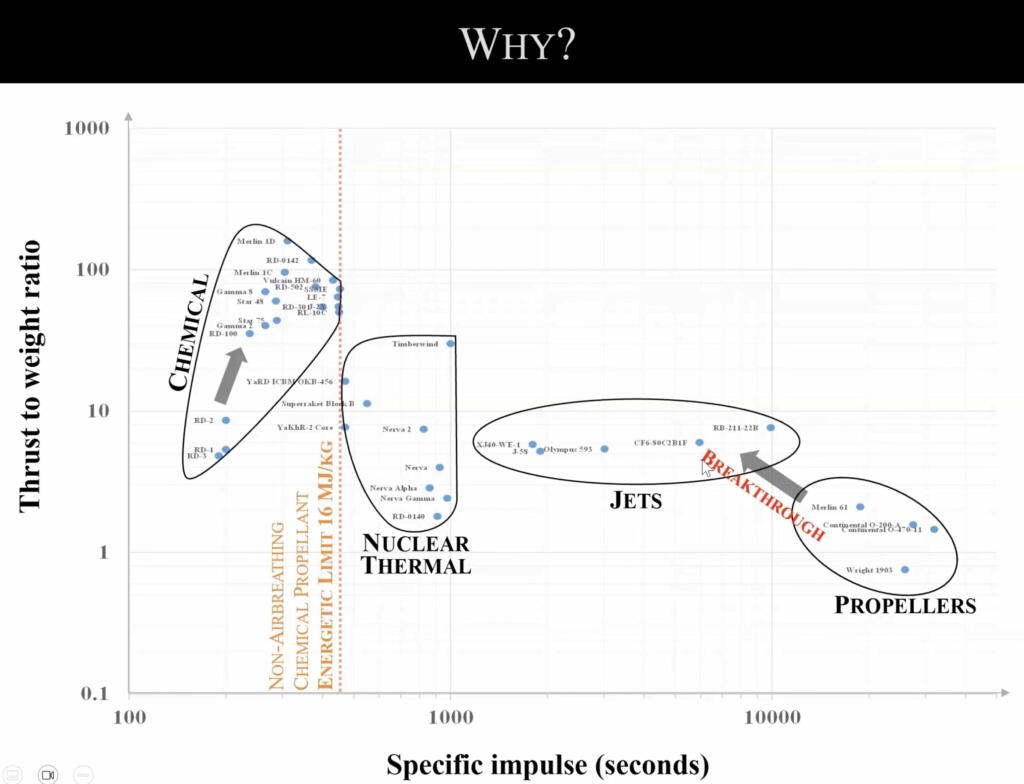


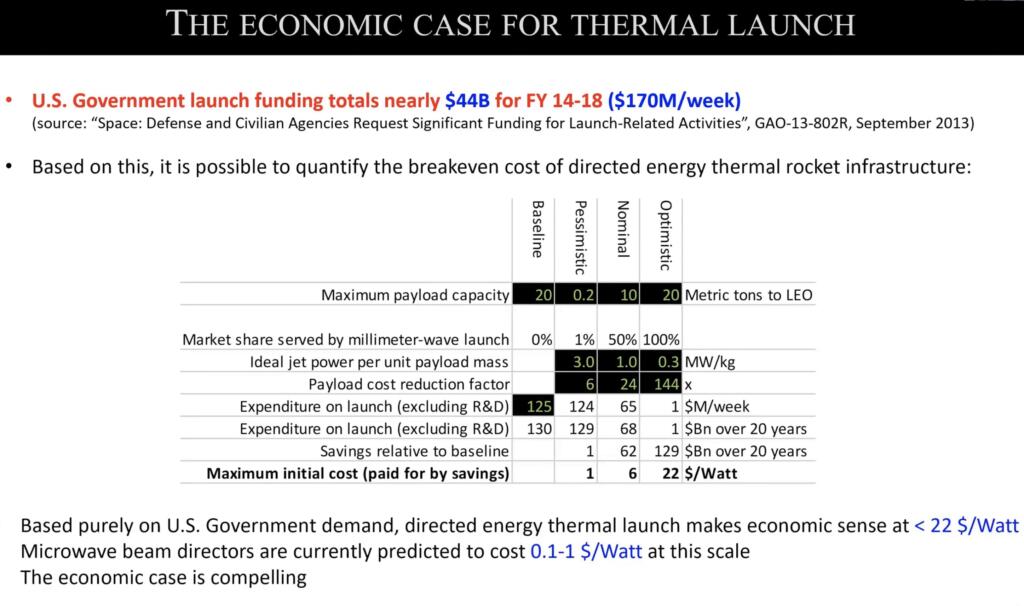



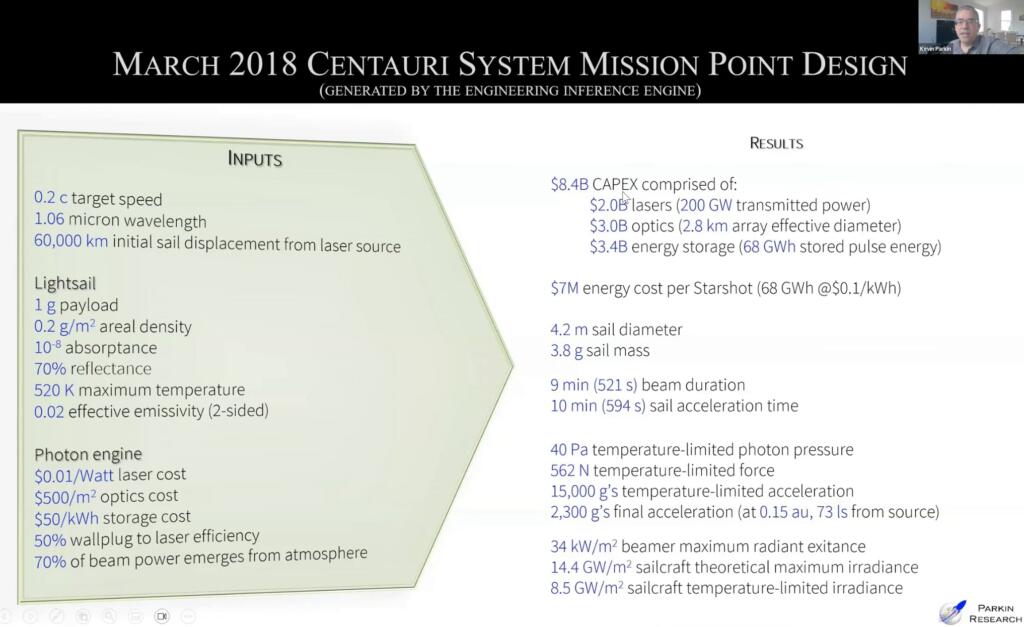
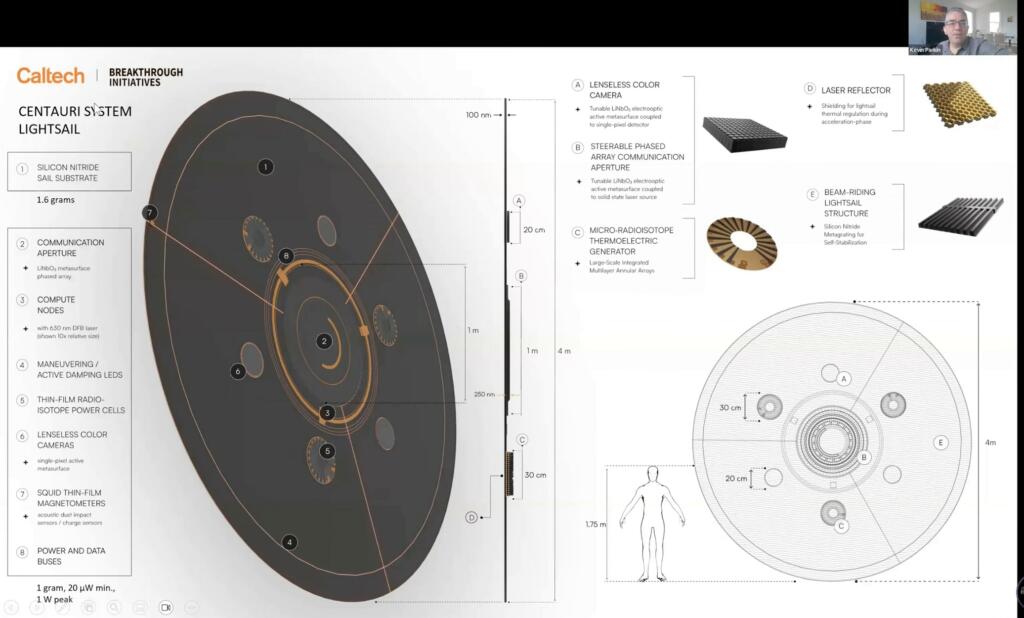
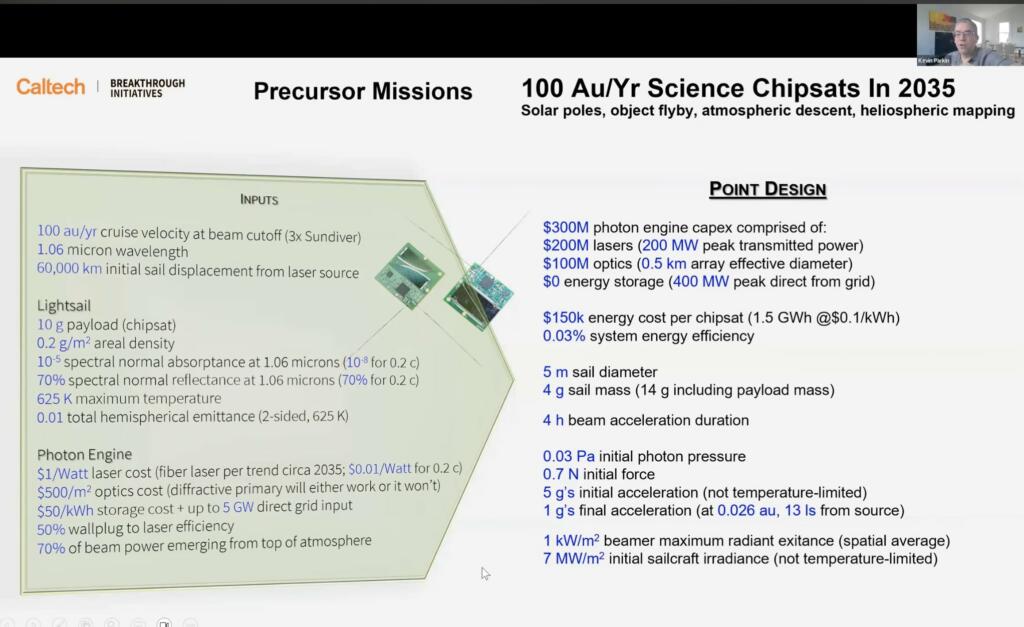
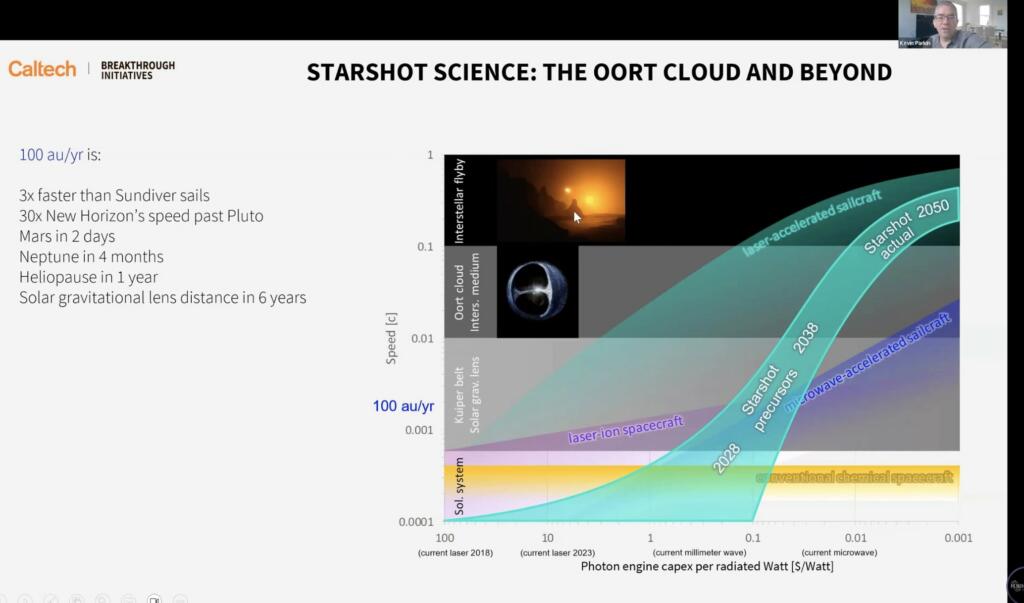
FREQUENTLY ASKED QUESTIONS
WHAT IS THE MAXIMUM PAYLOAD?
There is no maximum payload mass for the microwave or laser thermal rockets. The launch systems, which include the beam directors, can be scaled up to launch all payload classes, through 1 metric ton payloads and even above 100 ton payloads, if needed. Once a system is built that can launch small satellites, there is every reason to scale it up.
WHAT IS THE MAXIMUM BEAM DIRECTOR SIZE/POWER?
Due the physics of beam diffraction, beam directors become smaller as the rocket size (and payload capacity) increases. For these, the limiting factor is power density, or, depending on the way in which microwave sources are combined to form a single beam, it can be spectral characteristics that limit the number of microwave or laser sources per beam director. However, these limits are for a single beam director. Once one beam director has been built, there is no reason a second cannot be built and reuse the same spectrum. Both can then be trained on a single rocket designed for double the power, and due to efficiencies of scale, the rocket payload mass will more than double. Any number of beam directors can be trained on a single rocket in the same way that overlapping spots from flashlights do.
WHAT IS THE MINIMUM BEAM DIRECTOR SIZE/POWER?
Due to the physics of beam diffraction, beam directors become larger as the rocket size (and payload capacity) decreases. Above a certain aperture size, it minimizes the system cost to build more microwave sources and spill more energy than to further increase the beam director size. Curves for cost-minimized beam directors show that lighter rockets always result in a cheaper beam director.
HOW MUCH POWER DOES IT TAKE?
10 MW of ‘wall plug’ power per kg of payload for the lightest rockets, falling to below 1 MW/kg for the heaviest rockets. This is because the payload fraction and transmission efficiency both improve as rockets become heavier.
HOW MUCH OF THE PAYLOAD COST IS FOR POWER?
$10-100 per kilogram of payload, depending on electricity cost, the choice of propellant, the peak propellant temperature, and the efficiency of energy transfer to the rocket, which increases with payload size.
HOW IS THAT MUCH POWER GENERATED?
The power needed by the thermal rocket engines is comparable to the power developed in conventional rocket engines of the same thrust, though of course this power is generated on the ground for thermal rockets. 2 GW can be obtained directly from the electrical grid for beam directors that are located near to high capacity transmission lines, for example in California, and this is enough to launch a rocket with a payload of about 100 kg. This power would cost on the order of 10¢/kWh. For heavier payloads, on-site pulsed power is used. Several of the technologies used or being developed for grid energy storage, such as batteries and flywheels, are suitable for the beam director site. For these technologies the amortized cost adds < 3¢/kWh to the electricity cost (Viswanathan, Kintner-Meyer et al. 2013). Capital cost is on the order of $1/Watt. In comparison, the capital cost of a solid-state microwave source is $0.5-10/Watt, and the capital cost of a millimeter-wave source (i.e. a gyrotron) including its power supply and supporting equipment is around $5/Watt. Costs will be reduced by further R&D and/or as production quantities increase.
IS PLASMADYNAMIC BREAKDOWN A PROBLEM?
At very high beam intensities, the atmosphere breaks down into a plasma, and this limit was shown to be orders of magnitude greater than that needed for small satellite launchers (Parkin 2006). It is possible to approach this limit with very heavy payload rockets, but it is always possible to flatten the rocket and increase the receiving area to keep the beam intensity well below the breakdown threshold.
HOW IS THE ROCKET AND PAYLOAD SHIELDED FROM THE BEAM?
By metal foil. Aluminum kitchen foil is easily thick enough, and there are standard techniques to ensure that microwaves do not propagate through holes or along any external cables or tubes through to the payload.
WHAT IF A BIRD/PLANE FLIES INTO THE BEAM?
Beam directors are located at arid, high-altitude sites in controlled airspace where there are few birds. If a bird flew just above the beam director during operation, the power density it would experience is 1,000 times lower than at the rocket, which is well above the altitudes of birds and planes. The bird would initially experience a growing sensation of heat on its underside, somewhat like opening an oven door, and would flee, it is hoped, in a different direction. The vicinity of the beam is monitored by radar, particularly objects that are capable of intercepting it within the duration of an ascent trajectory (3-6 minutes). If something is about to enter the beam, it can dodge, dim, or douse Dickinson 1978 until the obstacle is clear, or it could hand over to a nearby unobstructed beam director. Migrating birds can achieve remarkable altitudes, and the North American flyways are quite well documented. Research on bird radar systems (King 2013) has resulted in commercially available solutions that are capable of the kind of short-range tracking needed, such as the Merlin Avian Radar System offered by DeTect Inc.
WHAT IS THE BEST PROPELLANT?
Ammonia and methane are best and exceed the performance of LH2. Methane is of interest because it is nontoxic and soot formed by its thermal decomposition can potentially be used as a microwave absorber to post-heat the propellant to the melting point of carbon. Ammonia is of interest because it has potentially less of an environmental impact on the stratosphere. Water does not perform nearly as well but is still a viable propellant.
HOW HOT DOES THE HEAT EXCHANGER NEED TO BE?
Hotter than 1,500 K for slush ammonia or methane. Hotter than 2,000 K for slush hydrogen. Hotter than 2,500 K for liquid water.
CAN SUNLIGHT BE USED INSTEAD OF MICROWAVES?
Matthew J. Mullin examines the question in Analysis of a Solar Thermal Beam-Powered Propulsion Rocket.

Brian Wang is a Futurist Thought Leader and a popular Science blogger with 1 million readers per month. His blog Nextbigfuture.com is ranked #1 Science News Blog. It covers many disruptive technology and trends including Space, Robotics, Artificial Intelligence, Medicine, Anti-aging Biotechnology, and Nanotechnology.
Known for identifying cutting edge technologies, he is currently a Co-Founder of a startup and fundraiser for high potential early-stage companies. He is the Head of Research for Allocations for deep technology investments and an Angel Investor at Space Angels.
A frequent speaker at corporations, he has been a TEDx speaker, a Singularity University speaker and guest at numerous interviews for radio and podcasts. He is open to public speaking and advising engagements.


Preheating the fuel can increase the ISP and lower the Mass Ratio. All we would need to do so is to build a planar receiver on the outside layer of the boosters. The power generation equipment and the beaming equipment would be an additional cost per weight. They would have to figure out what the optimal solution would be to minimize cost per weight.
Its kind of ‘sad to say’, but Planet Dirt (“Terra”) has a gravity well which is just too deep for cheap-and-easy access to space for a significant interplanetary space infrastructure. In the 1960s, at basically the apex of the post-WW2 post-German V₂-recycled-ideas days, we got to Luna and against long odds, back again. A few boxes of rocks and a bunch of telemetry-gathering stations planted, and there was the then-trillion-dollar (equiv.) program.
Then along came the then — and still now, if we’re being honest — revolutionary idea of the Space Shuttle. A big, crazy big pair of solid-rocket boosters, a huge tank of hydrogen and oxygen, and a built-to-land-on-a-runway ceramic coated plane to get back. Seriously, it was really something.
Along comes Master Musk with his Methane rocket; the methane part wasn’t all that revolutionary, just another finicky hydrocarbon to burn. The real revolution was getting back the first stage boosters, on landing pads, in good enough condition they (almost) could be tilted upright, buffed up a bit, refilled and sent back a few days later. Dozens of launches per, lifetimes of.
Now it is lil’ tin cans called ‘commercial space stations’?
Seems awfully tame. Like graduating from Pinewood Derby racers (Boy Scouts) to glow-plug nitro powered radio-controlled cars.
OK, they have a Big Name. VAST. The full-on real-sized, useful rollout space station. One supposes it’ll be a frame upon which a whole lot of little tin cans will attach, to transport things up-and-down, people, supplies, oxygen. And to extend with more and more cans that are actual experimentation devices.
But we’ve been through what, 35 years of that already? If the ‘running of a space station’ were somehow critical, then the Majors wouldn’t have put the re-funding of it so far down on the scale. Nope. I don’t think there really is a whole lot of ‘science’ that goes on at space stations’ projected futures. Which then brings into focus: what are these new commercial space stations really for?
________________________________________
Its been said elsewhere, but ROTOVATORS are good ideas, but not for people loads. Mass launchers are also good. Again, the peak accelerations are almost certainly prohibitive to making both economical and low-maintenance systems.
So, back to my original quip. Its a pity our gravity well is so deep.
⋅-⋅-⋅ Just saying, ⋅-⋅-⋅
⋅-=≡ GoatGuy ✓ ≡=-⋅
I have read that, if Earth’s gravity were only 10% higher, achieving orbit using chemical rocketry would be essentially impossible. We were that close to being planet bound.
So, mass drivers. Assume that you need to achieve escape velocity, to supply enough momentum to blast through the atmosphere. Just to have a convenient number.
11,186m/s
Say, 40m/s^2 acceleration, 4 gravities. I think that’s doable for humans who are healthy and well supported.
280 seconds of acceleration, over a length of about 1,600km. That’s about the distance from Reno, Nevada, to Pike’s Peak, the traditional mountain for launching rockets from in old SF.
It would be a fairly massive undertaking, sure, but it could certainly launch humans. I’m pretty sure I could take 4 gravities for just five minutes, given a comfortable seat, and pure O2 to breathe.
I picked Pike’s Peak out of tradition, of course. You want the end of the mass driver at the greatest altitude you can get, and somewhere isolated, because of the sonic booms. But I think holding up the end using a dynamic structure like Loftstrom proposed would let you site it someplace less touristy.
This could fit a similar niche to Spinlaunch, but with fewer technology gotchas. The g forces applied by spinlaunch are considerable, the technology to keep the vacuum seal until the last minute is still a design question mark as you scale up, you still need a second stage to orbit from what I’ve read, and the payload must withstand 100s of g – never man-rateable. With beam thermal I can see more natural ways to around the technology difficulties, and a broader range of more delicate payloads. Good luck!
Leik Myrabo still around?
Wasn´t Leik Myrabo the guy who was leader in researching laser propelled spacecraft… lightcraft?
https://en.wikipedia.org/wiki/Leik_Myrabo
https://en.wikipedia.org/wiki/Lightcraft
Starship can already bring payload cost to orbit lower than the $300/kg projection. That R&D is either complete or in progress not hypothetical. This is like Skylon, Spinlaunch or many others that don’t take Starship in account.
It seems like variants of this tech would still have a role reducing costs in the context of mature Starship orbital launch – for in space propulsion, using power from large Solar power satellites. If Starship creates Moon and Mars settlements and a big demand for transport away from earth orbit this could fit.
I don’t know, I think maybe the next step really ought to be non-rocket access to orbit. Maybe a Lofstrom launch loop, or really long mass driver.
Either would be enormously more efficient at transforming electricity into payload kinetic energy, and wouldn’t involve the issues of massive EM transmissions in the atmosphere. And neither faces extreme physics of materials issues, the engineering is fairly straightforward, with large safety margins easy to achieve.